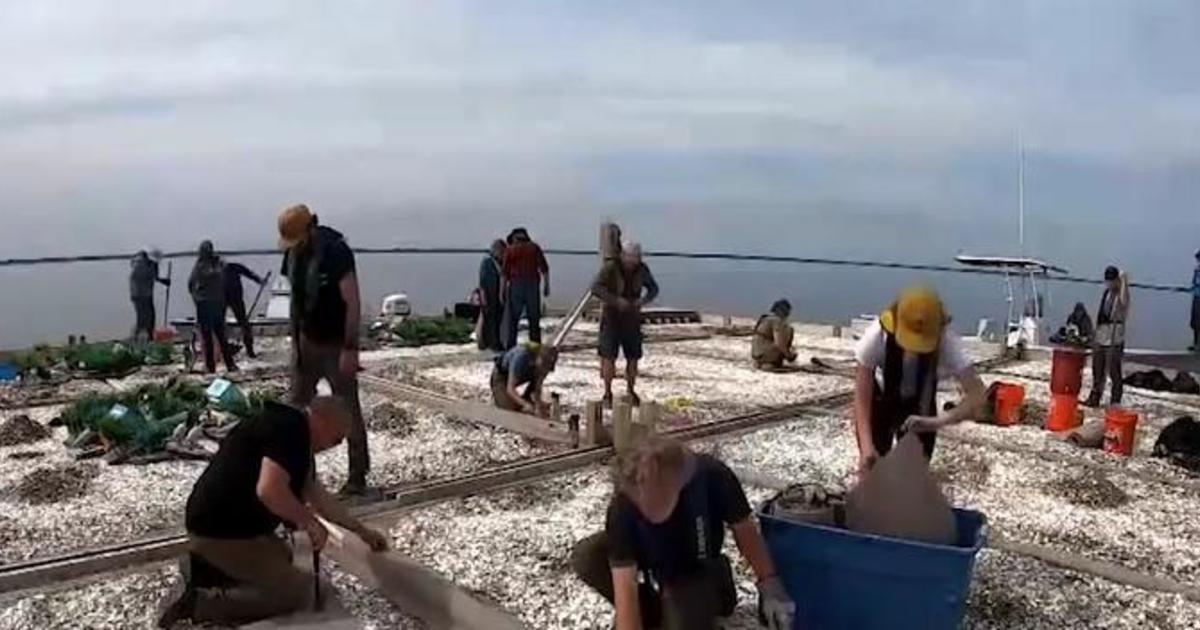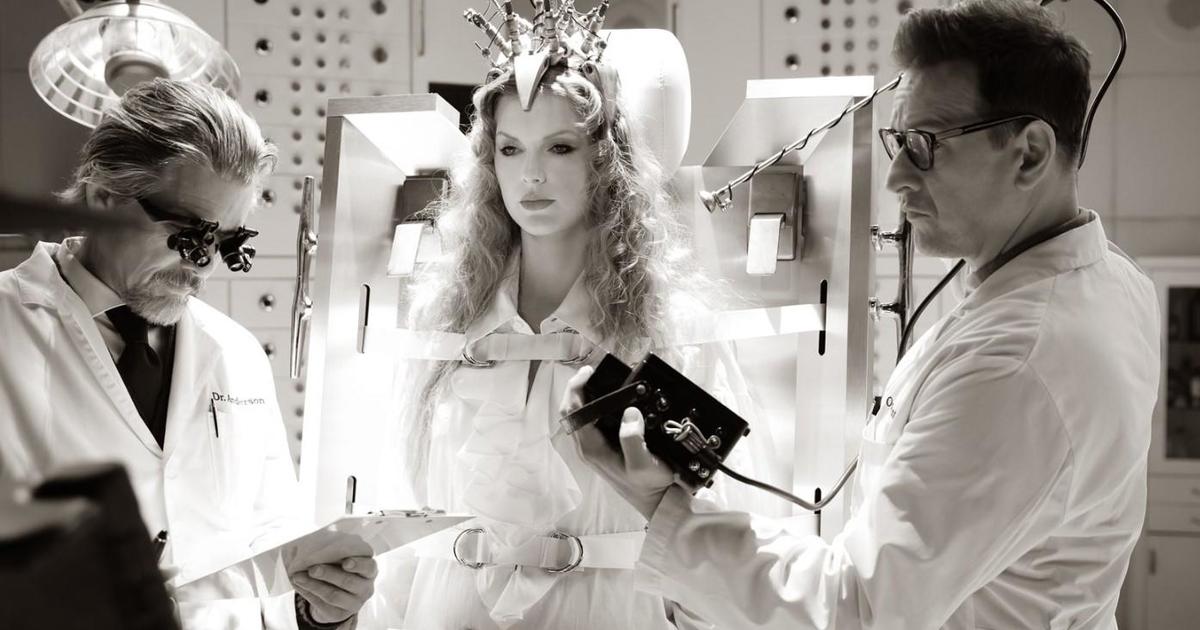Md. Vet Who Aided Foot-And-Mouth Vaccine License Is Up For A National Medal
NICOLE CHAVEZ
The Washington Post
WASHINGTON (AP) -- As a child, Michelle Colby dreamed of becoming an adventurous countryside veterinarian. Cows were her favorites.
"It's in my genes, I believe," Colby said, remembering the countless visits to her family's dairy farm in upstate New York.
That, plus the many times she read James Herriot's book "All Creatures Great and Small." By the time she was studying at the Virginia-Maryland Regional College of Veterinary Medicine, she seemed to be on track to become a veterinarian and treat animals daily at a clinic.
"I like puzzles. What a better puzzle than an animal that can't tell you how it feels," said Colby, 39, who also has a master's in epidemiology from the University of Maryland and an undergraduate degree in animal science from the University of Maryland, Eastern Shore.
But as a veterinarian, she soon found that she wanted to do more.
The Silver Spring native is now agriculture defense branch chief for the Department of Homeland Security's chemical and biological division, credited with leading a team of scientists that managed a process for licensing the first vaccine for foot-and-mouth disease manufactured in the United States.
For their work, Colby and company are finalists for the 2013 Samuel J. Heyman Service to America Medal for homeland security and law enforcement, an honor conferred annually on standout federal employees by the nonprofit group Partnership for Public Service.
The United States has been free of foot-and-mouth disease, a serious threat to cows, sheep and pigs, since 1929. Agricultural authorities have imposed strict controls on trade in livestock with nations that have experienced outbreaks. The disease typically spreads among infected animals, but Homeland Security officials say it could conceivably be introduced to American livestock by terrorists, which could cost farmers as much as $5 billion.
The disease severely weakens livestock, causing fever and painful blisters that make eating and walking difficult. It is also highly contagious and spreads quickly, leaving farmers no option but to slaughter their livestock in an attempt to save uninfected animals, if there are any left.
In 2001, an outbreak that started at a pig farm in England cost an estimated 8 billion euros and more than 10 million sheep and cattle were lost. For more than six months, all exports of meat and live animals were banned as authorities tried to stop the spread of the disease.
In 2011, South Korea struggled with a foot-and-mouth disease outbreak. More than 3 million animals were culled, costing almost $2 billion to the country's farming industry.
"It really is a disease of economics," Colby said during an interview at her office in the Department of Homeland Security's Science and Technology Directorate in Washington.
Animals are affected by the disease but are not the only ones carrying it. Often, people transmit it without noticing because they do not suffer from any symptoms, Colby said, making the disease "something that can be easily introduced by terrorists."
In the 1950s, a foot-and-mouth outbreak was reported in Mexico. Because of the proximity of the outbreak, scientists were sent to an island off Long Island to focus on foot-and-mouth research.
Because the disease is so contagious, the island is the only place allowed by law to grow the disease for research, said Bruce Harper, director of science at the Plum Island Animal Disease Center.
Finally, in 2004, Marvin Grubman, a chemist with the Agriculture Department, in collaboration with GenVec, a biopharmaceutical company, created a vaccine that provides immunity to livestock and can stop the transmission of the disease.
But the vaccine wasn't ready to leave the lab.
For eight years, Colby and a team at Plum Island worked closely to meet all the requirements to obtain the vaccine's license.
In Washington, Colby managed meetings with policymakers, biological inspectors and other authorities, selling the importance of the vaccine. She also had to meet with livestock groups and private industry for the manufacture of the vaccine.
Colby also closely monitored testing at Plum Island, where scientists worked to confirm that the vaccine was effective, and that the milk and meat of vaccinated animals could be consumed.
"When you do something for the first time, you want to make sure that everyone is on the same page because there is a lot of questions from the public about the safety of the vaccine," Colby said. "It was a learning experience for everyone in the federal government."
Colby said the creation of the vaccine and the license are two milestones. But more work is still pending, she said, to make sure that the vaccine will be available in the United States and in other countries.
"We are working with a commercial partner," Colby said. "So they can produce it and market it internationally."
Information from: The Washington Post, http://www.washingtonpost.com
(Copyright 2013 by The Associated Press. All Rights Reserved.)



